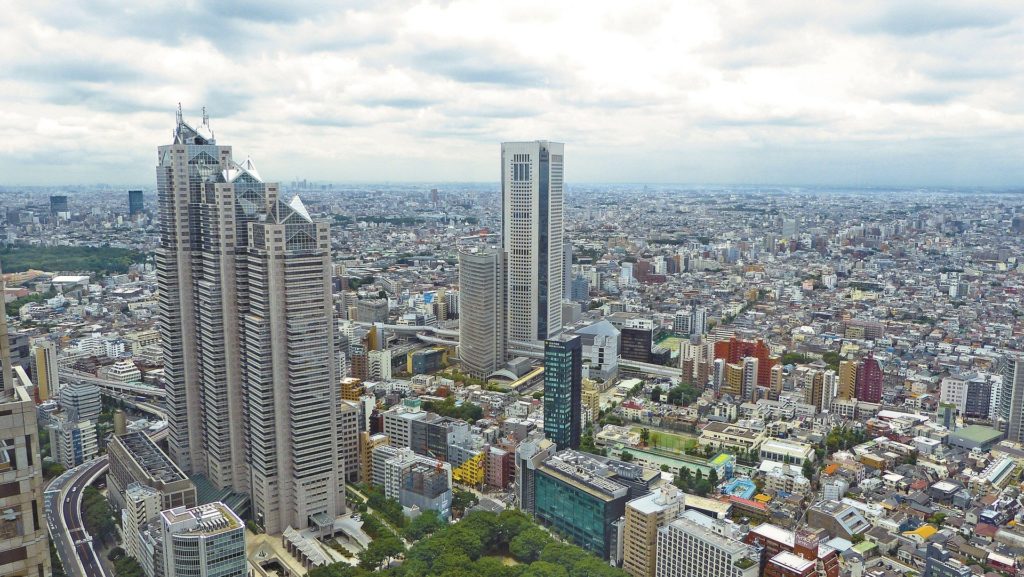How has real estate transformed in a decade?
Despite real estate sector being one of the most volatile industries in the last decade, market players are expectant of a positive outcome in the long-term.

The year 2020 is almost around the corner, and we notice that almost two-thirds of urban decision-making is searched-based, mostly on mobile phones. According to CBRE report, India’s economic transition, urbanization, and workforce expansion has rapidly boosted investment opportunities in the real estate sector in a decade & so. The real estate sector in India also transformed due to the bigger participation of several private developers, both foreign and domestic.
Changes occurred
The real estate sector has been one of the most unstable industries in the last decade. The period went through its fair share of ups and down with changing policies leading to varied buying trends. Initially, till 2008, there wasn’t much regulation and the developers were largely family-owned business owners who acted purely on their assessment of the market. There was a lack of any government regulations and policies to monitor the realty sector. However, the period post- 2008 until 2016 witnessed the entry of many corporate houses into the real estate sector. This was indeed a golden period and the market was hoping to get some good practices, the introduction of corporate governance and revamping of the entire business. Despite the challenges many, a number of worldwide and domestic investors forayed into the Indian real estate space.
Under construction, delayed or stalled projects
The liquidity crisis adversely affected the construction schedule of the projects. This resulted in a decade long delay in possession. As per research, around 220 projects with 1.74 lakh homes, which were launched in 2013 or earlier, are stalled in the top 7 cities due to funding issues or some litigation. The overall cost of these projects is estimated to be more than ₹1.77 Lakh crore. Nearly 66% of these stalled units have been sold, costing approx. ₹1.11 Lakh crore. So, if we consider the current scenario of piling unsold inventory across the major cities is also a concern. According to National Housing Bank Data, due to fluctuation in property prices and lack of demand, there are approx. 120,000 apartments in Pune and 100,000 units in Bengaluru lying unsold currently.
This is due to the majority of the launches prior to 2013 were in the high-end and luxury segment, which resulted in oversupply in these segments. However, now the scenario is quite different though. Presently, the government’s constant push for affordable housing shifted the focus from high-end and luxury segments to the affordable segment. Therefore, Indian construction development is expected to increase stronger by 2020. Moreover, the prospect of the office real estate market in India is also expected to grow and look brighter than before.
While all of this is a big positive sign for the real estate industry, we cannot ignore the fact that the favorable policies by the government and regulatory bodies are of prime need in order for the sector to revive properly. The Pradhan Mantri Awas Yojana (Urban) benefits by providing subsidy up to 2.67 lakh on home loans for the middle-income group. The policy has also been extended till March 2020. Not required to say such efforts and support by the Government have triggered real estate to transform into an attractive asset class with constant growth in 2019.
Disclaimer: The views expressed above are for informational purposes only based on industry reports and related news stories. Propertypistol does not guarantee the accuracy, completeness, or reliability of the information and shall not be held responsible for any action taken based on the published information.




